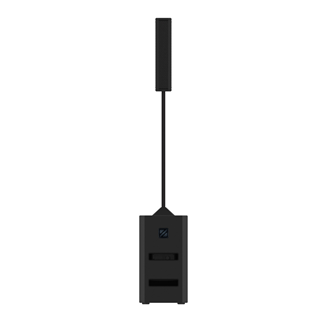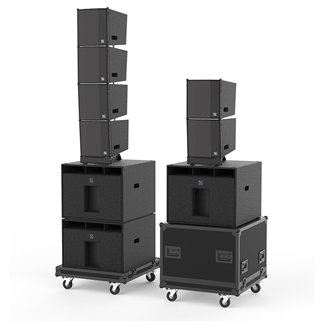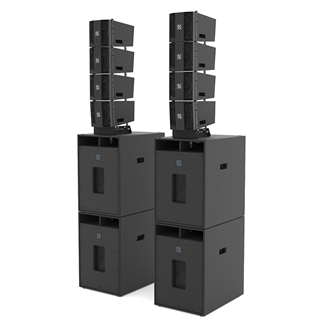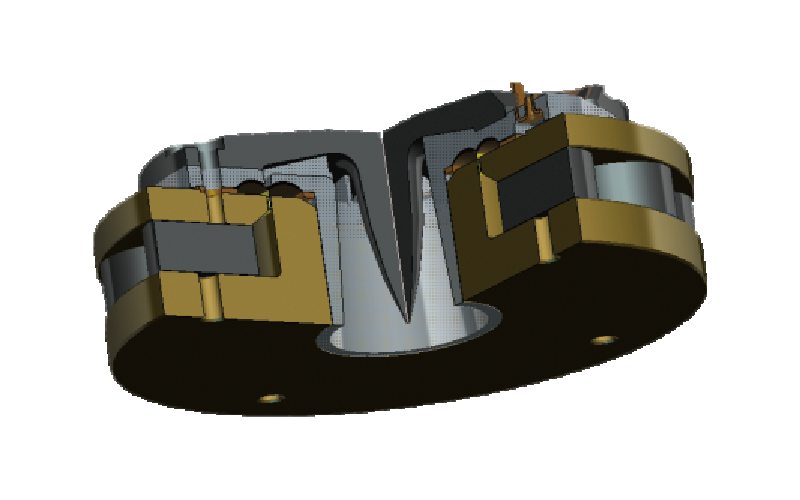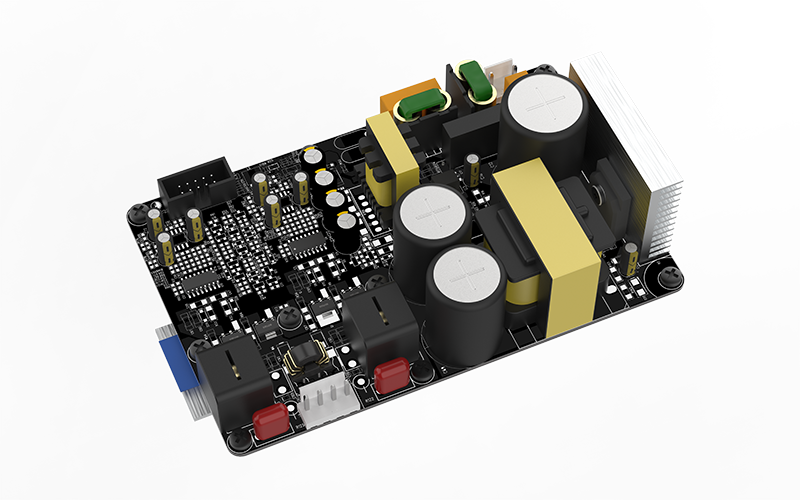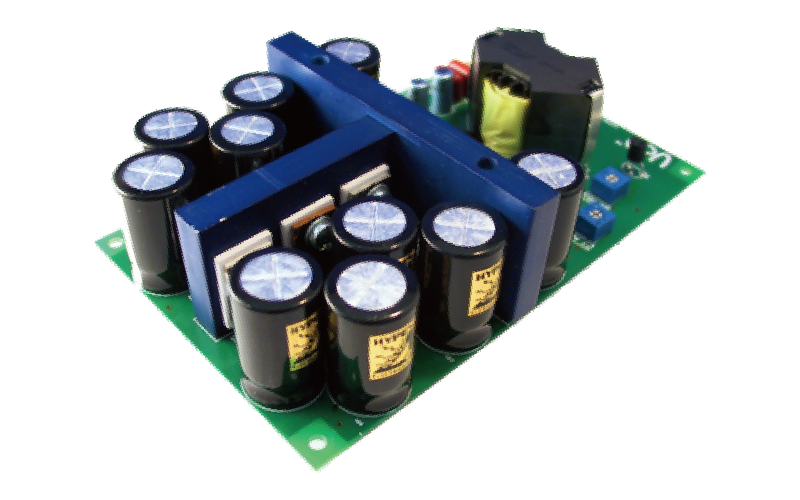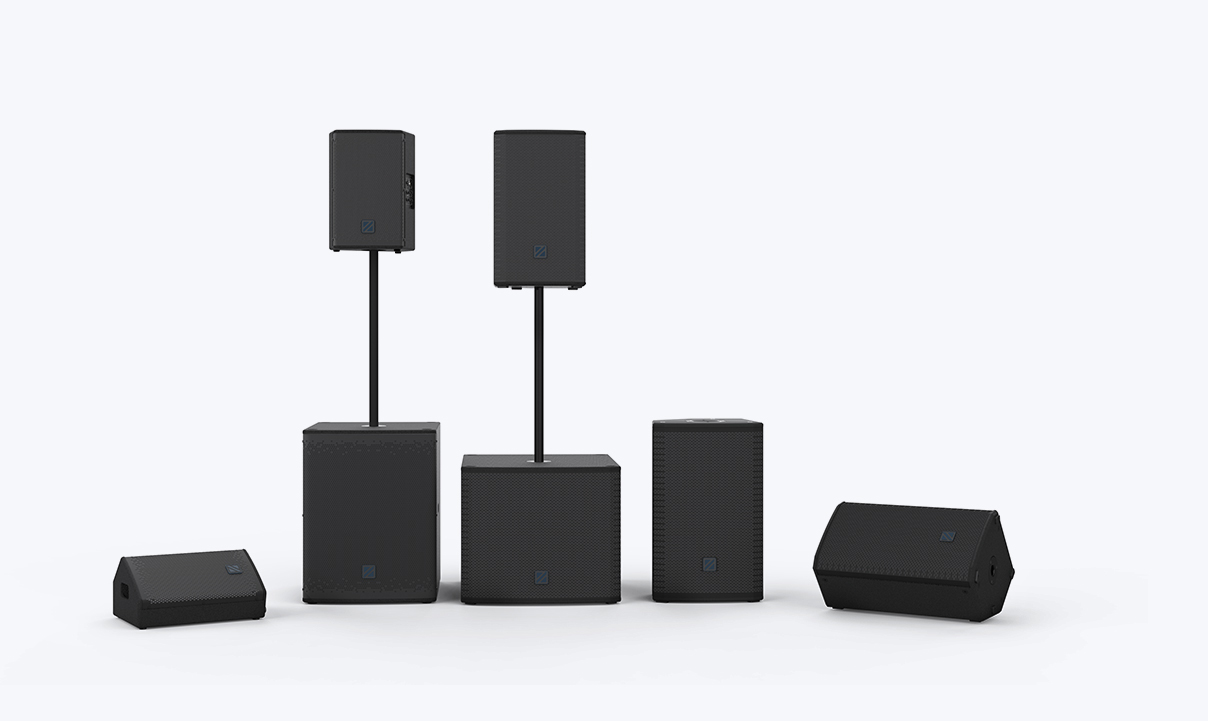Sound System Design and DSP Technology
Electroacoustic sound reinforcement must be the coordinated work of the entire system. Therefore, optimizing the design of sound sources, DSP, power amplifiers, speakers, and even speaker units from a system perspective has always been the core concept that runs through our product development. Whether it is the popular linear cylindrical wave sound source design that is more suitable for long-distance transmission or the point sound source design with better sound quality, we have our own core technology. In terms of advantages and disadvantages, the advantages of cylindrical wave line sound source design are high sound pressure at a long range, but the disadvantages are complex installation and debugging. The sound quality on site largely depends on the level of installation and debugging. The advantage of point sound sources is that they are easy to install and debug. Generally, the installation and debugging time is less than one-third of that of linear sound sources, and there is no need for additional adjustments. Basically, the sound quality reaches the design level after being connected. However, the disadvantage is that the range is relatively close. Therefore, we do not produce small linear array systems. Compared to point sound sources, small linear arrays have no advantages, but the transmission distance of medium and large linear array systems cannot be replaced by point sound sources. The point sound source design of Pindi is all high-efficiency horn loading design, with sensitivity generally above 105dB, and can easily output sound pressure above 130dB without requiring a large power. This design is not only more energy-efficient, but also greatly reduces the weight and volume of the amplifier for small mobile performances. If combined with D-class amplifiers, transportation, installation and handling are all very easy. Our DSP technology ensures that both the amplifier and speaker operate at their optimal state, without distortion or damage even when outputting maximum sound pressure.

